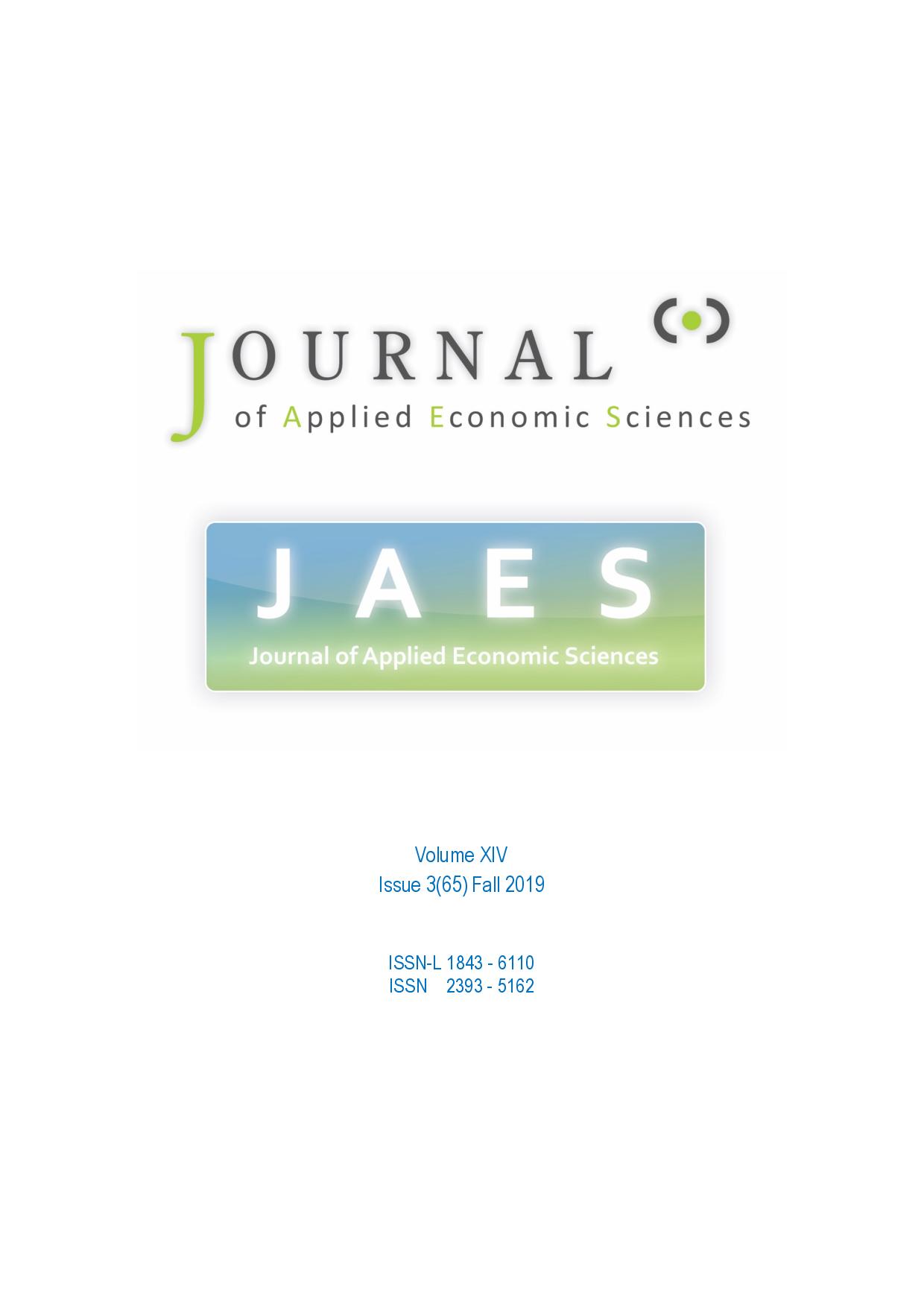European Leveraged Buyout Exit Strategies: Market Timing versus Pseudo Market Timing
European Leveraged Buyout Exit Strategies: Market Timing versus Pseudo Market Timing
Author(s): Fadoua Kouk, Olfa BenoudaSubject(s): Economy, Supranational / Global Economy, Financial Markets
Published by: ASERS Publishing
Keywords: market timing; pseudo market timing; LBO; IPO; acquisition;
Summary/Abstract: In this paper, the impact of Market Timing versus Pseudo Market Timing on the choice of exit from a Leveraged Buyout (LBO) is studied. Initial Public Offering (IPO) and acquisition waves and the exit choices of 3237 European Buyout-Backed over a period from 2004 through 2018 are also investigated. Initially, the main factors that influence the exit strategy of an LBO, namely the economic conditions and the stock market returns at the time of the exit are discussed. Thereafter, details of exit choices and the acquisition and IPO "waves" are studied. These different tests are carried out, first, on the global sample, and second, on several European countries (France, Germany and the United Kingdom). The obtained results partially support the Pseudo Market Timing assumptions and confirm both the application of Market Timing and et the ability of funds investment to time the market successfully. Indeed, the results of the cross-sectional regression show that market returns in the two quarters preceding the exit are higher than the post-exit returns in the cases of IPOs and acquisitions. Nevertheless, post-IPO returns are negative while post-acquisition returns remain positive. Moreover, the study of exit choices using Probit regression shows that the increase in exit probability via an IPO is associated with the increase in market returns during the two quarters preceding the exit and the lower subsequent returns.
Journal: Journal of Applied Economic Sciences (JAES)
- Issue Year: XIV/2019
- Issue No: 65
- Page Range: 857-879
- Page Count: 22
- Language: English

